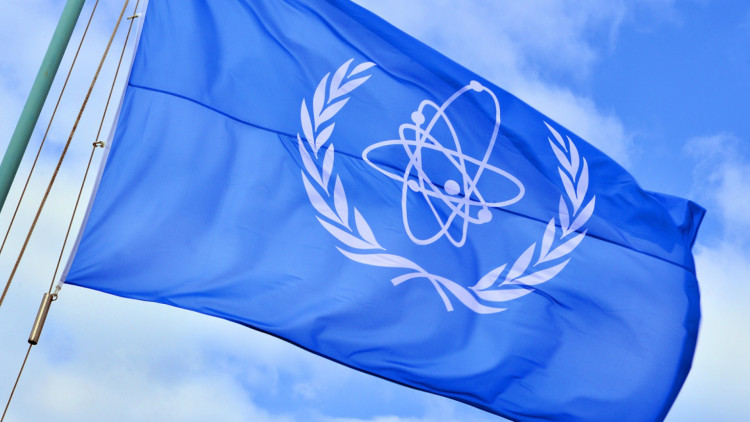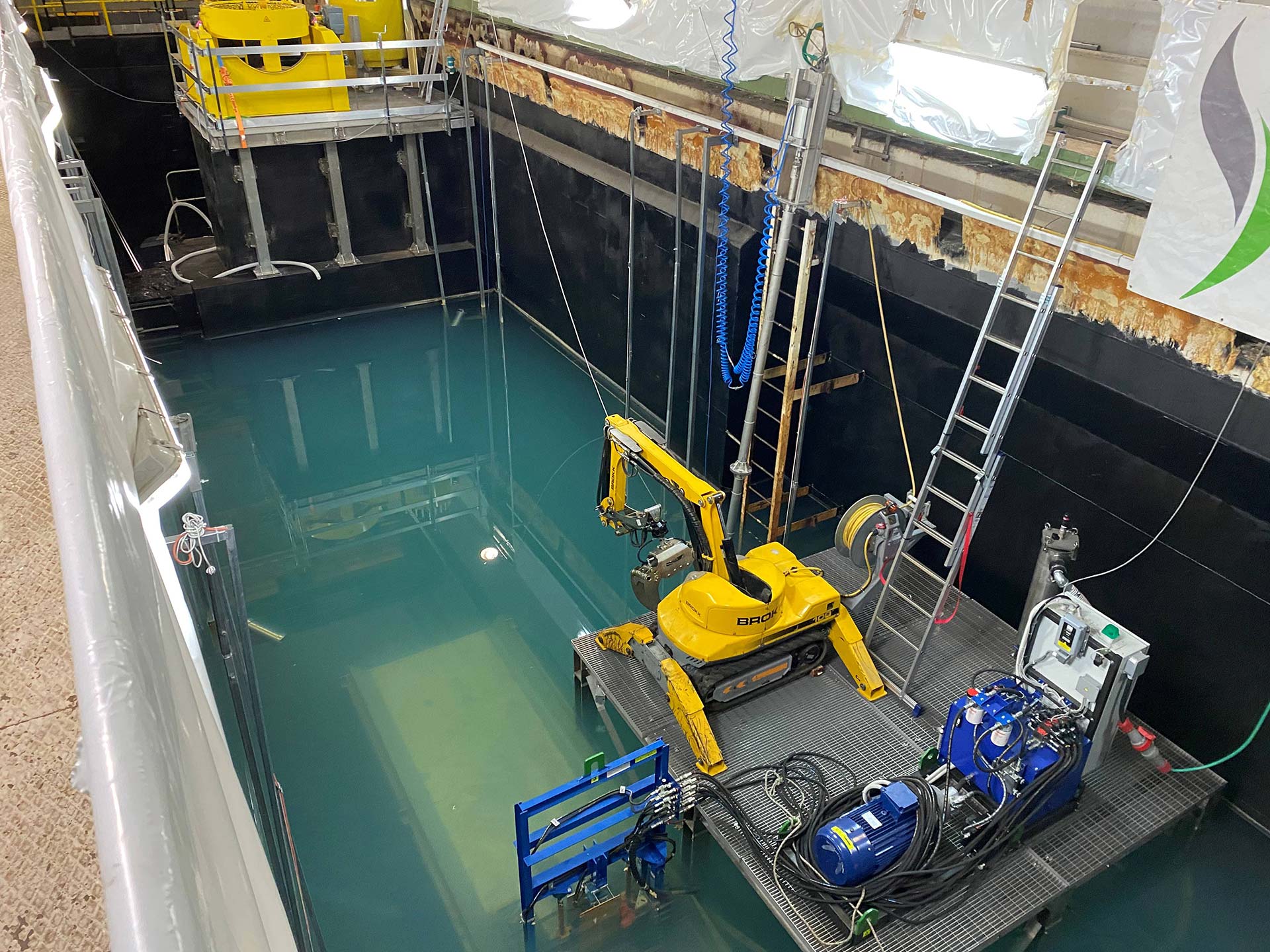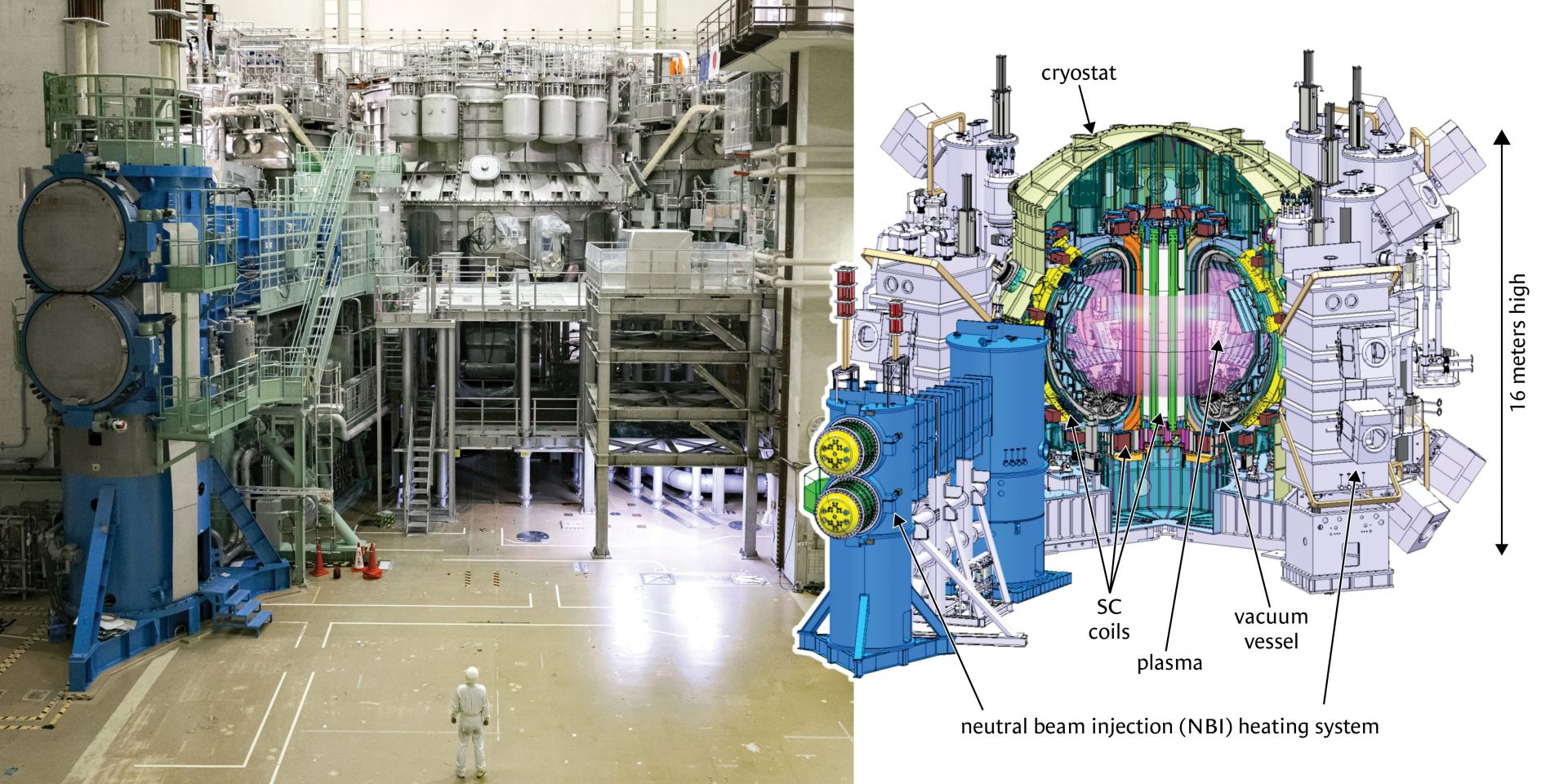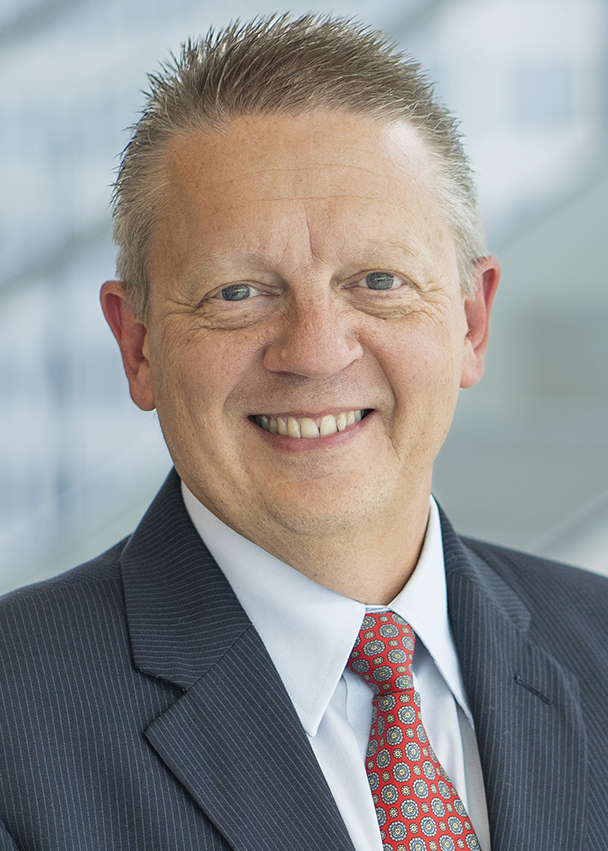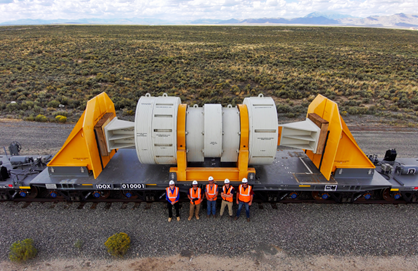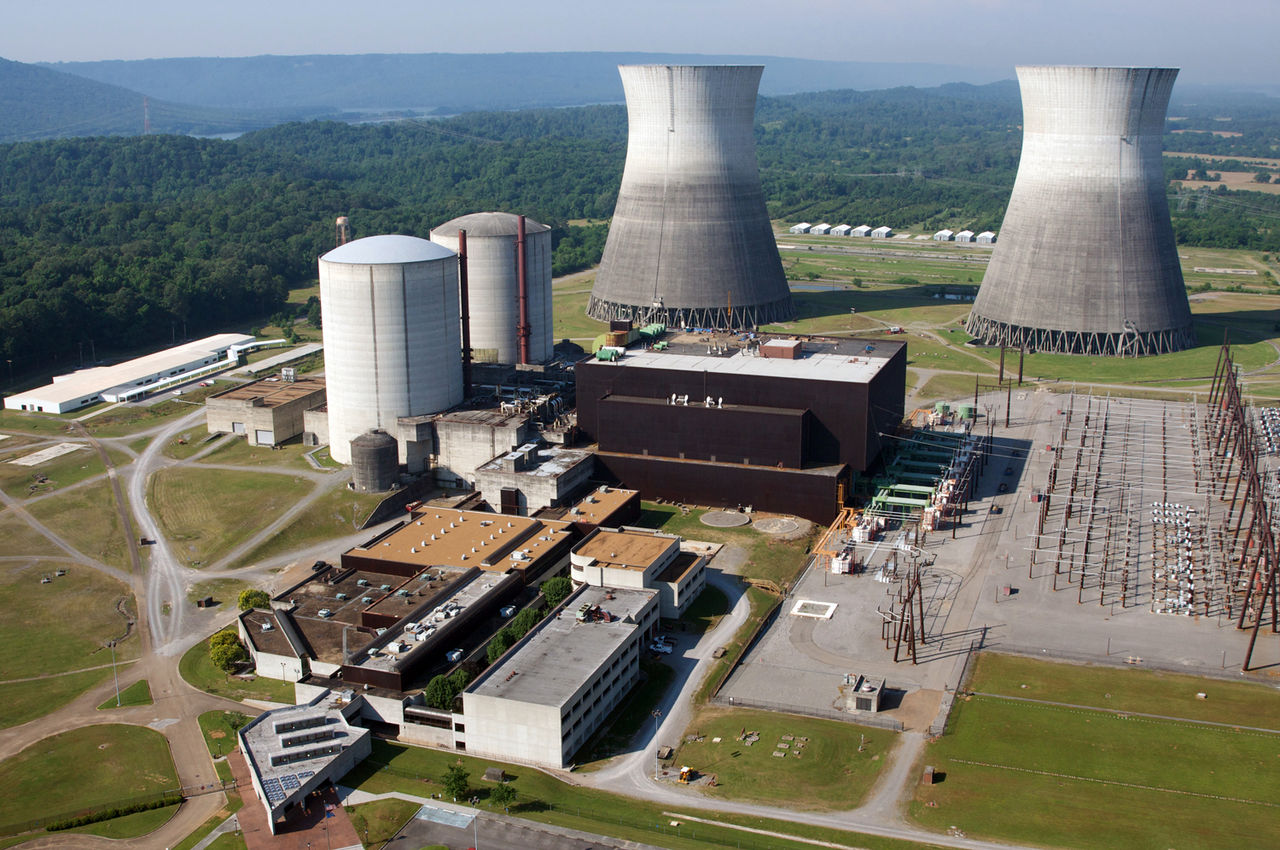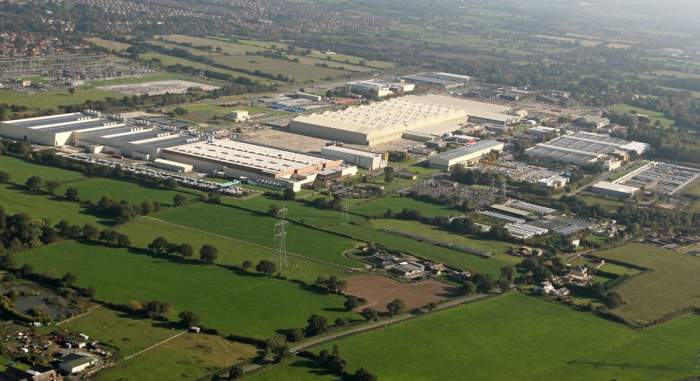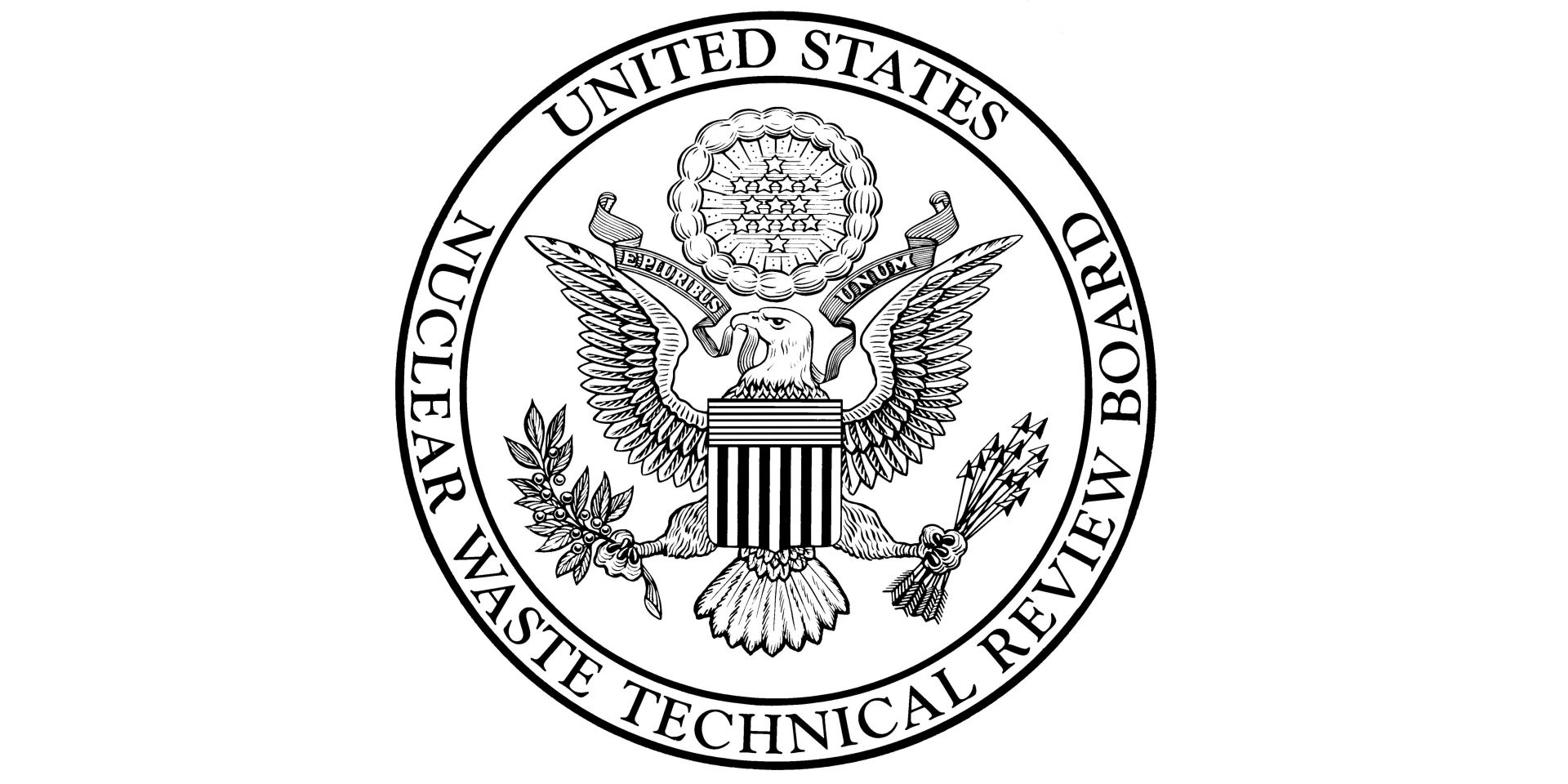Dresden nuclear power plant. (Photo: Constellation Energy)
The Nuclear Regulatory Commission is hosting several public meetings this month to discuss the Dresden nuclear power plant and its request for subsequent license renewal.
The Golfech nuclear power plant. (Photo: Theanphibian)
Électricité de France reduced power production by 1 gigawatt on Friday at its Golfech nuclear plant, citing high water temperatures on the Garonne River.
The ALCF AI Testbed includes the AI systems represented in this collage: Cerebras, Graphcore, Groq, and SambaNova. (Image: Argonne National Laboratory)
Generative artificial intelligence paired with advanced diagnostic tools could detect potential problems in nuclear power plants and deliver a straightforward explanation to operators in real time. That’s the premise of research out of the Department of Energy’s Argonne National Laboratory, and just one example of the DOE’s increasing exploration of AI applications in nuclear science and technology research. Training and restraining novel AI systems take expertise and data, and the DOE has access to both. According to a flurry of reports and announcements in recent months, the DOE is setting out its plans to ensure the United States can use AI to its advantage to enhance energy security and national security.
Remote equipment is used to remove components from the Garigliano reactor vessel. (Photo: Sogin)
Sogin (Società Gestione Impianti Nucleari), the state-owned company responsible for the decommissioning of Italy’s nuclear plants and the management of radioactive waste, announced on July 30 that it has completed the first phase of dismantling Garigliano nuclear power plant’s reactor vessel with the removal of contaminated metal components from the deflector.
Fig. 1. A photograph (left) and schematic figure (right) of JT-60SA.
(Source: Naka Institute)
JT-60SA (Japan Torus-60 Super Advanced) is the world’s largest superconducting tokamak device. Its goal is the earlier realization of fusion energy (see Fig. 1). Fusion is the energy that powers the Sun, and just 1 gram of deuterium-tritium (D-T) fuel produces enormous energy—the equivalent of 8 tons of crude oil.
Last fall, the JT-60SA project announced an important milestone: the achievement of the tokamak’s first plasma. This article describes the objectives of the JT-60SA project, achievements in the operation campaign for the first plasma, and next steps.
The company has awarded nearly $6 million for STEM education and research programs since the program launched in 2010
Constellation is taking applications for its 2024 E2 Energy to Educate grant program, which provides funding for student projects focusing on energy innovation.
Educators and students in grades 6–12 can apply for program grants of up to $25,000, and those in two- and four-year colleges can apply for grants of up to $50,000.
The Atlas railcar carries a simulated shipment of spent nuclear fuel during testing in September 2023. (Photo: DOE)
The Department of Energy has issued a request for information to gather input on its proposed package performance demonstration, which is intended to demonstrate the robustness of spent nuclear fuel transportation casks in hypothetical accident conditions. By simulating severe accident scenarios, the DOE said it intends to show to the public and stakeholders the safety and reliability of transporting SNF by rail, heavy-haul truck, and barge.
Company celebrates Browns Ferry’s 50 years in service
Bellefonte nuclear power plant. (Photo: TVA)
The Tennessee Valley Authority this week discussed the potential for new nuclear technology at its sites during its second-quarter earnings call.
TVA and GE Hitachi signed an agreement in 2022 to develop and deploy a BWRX-300 small modular reactor at the Clinch River site near Oak Ridge, Tenn.
Urenco’s Capenhurst enrichment site in the U.K. (Photo: Urenco)
A plan to build up a high-assay low-enriched uranium fuel cycle in the United Kingdom to support the deployment of advanced reactors is still in place after the Labour party was voted to power on July 4, bringing 14 years of conservative government to an end. A competitive solicitation for grant funding to build a commercial-scale HALEU deconversion facility opened days before the election, and the support of the new government was confirmed by a set of updates on July 19. But what does the U.K. HALEU program entail, and how does it differ from the U.S. HALEU Availability Program?
The original 1950s-era condenser is lifted out of the GPE system by a 100-ton crane at SRS's H Canyon chemical separations facility. (Photo: DOE)
Workers at the Savannah River Site have recently completed the replacement of a piece of equipment that the Department of Energy said in a July 31 press release is “essential for operations in the site’s H Canyon chemical separations capable facility.”
Rendition of a Rolls-Royce SMR site.(Image: Rolls-Royce)
The small modular reactor design from Rolls-Royce has cleared step two of the United Kingdom’s generic design assessment (GDA) and is moving to the third and final step.
The company announced its progress and lauded “Rolls-Royce SMR’s position ahead of any other SMR in Europe” in a July 30 press release. Rolls-Royce SMR touts its ability to deliver new nuclear power based on proven technology, providing a “factory-built” power station to provide enough energy for a million homes for a 60-year stretch.
Comanche Peak nuclear power plant. (Photo: Meranda Cohn/Vistra)
The Nuclear Regulatory Commission has renewed the operating licenses of Comanche Peak Units 1 and 2 for an additional 20 years.
Unit 1’s operating license now expires on February 8, 2050, and Unit 2’s on February 2, 2053.
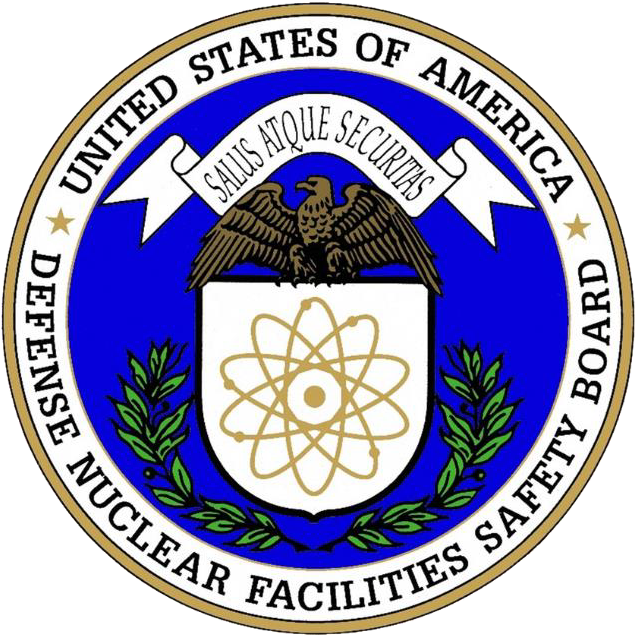 The Defense Nuclear Facilities Safety Board, which provides safety oversight of Department of Energy sites, is holding a public hearing on August 14 on benchmarking of best practices in the management of aging infrastructure.
The Defense Nuclear Facilities Safety Board, which provides safety oversight of Department of Energy sites, is holding a public hearing on August 14 on benchmarking of best practices in the management of aging infrastructure.




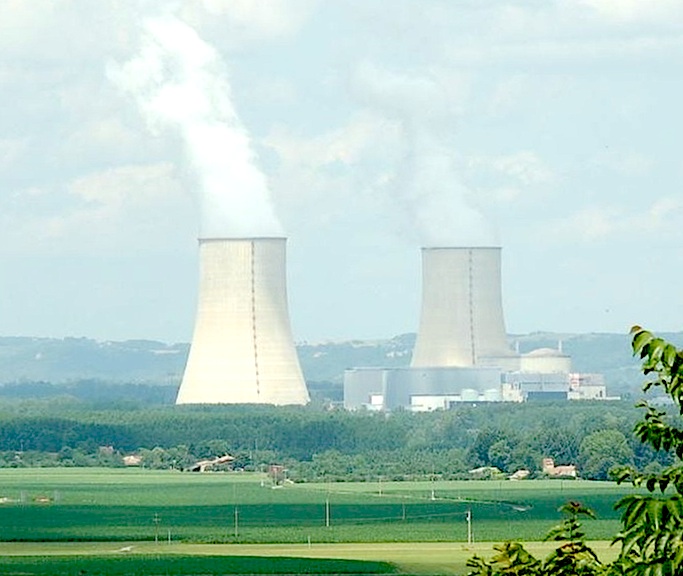
.png)
